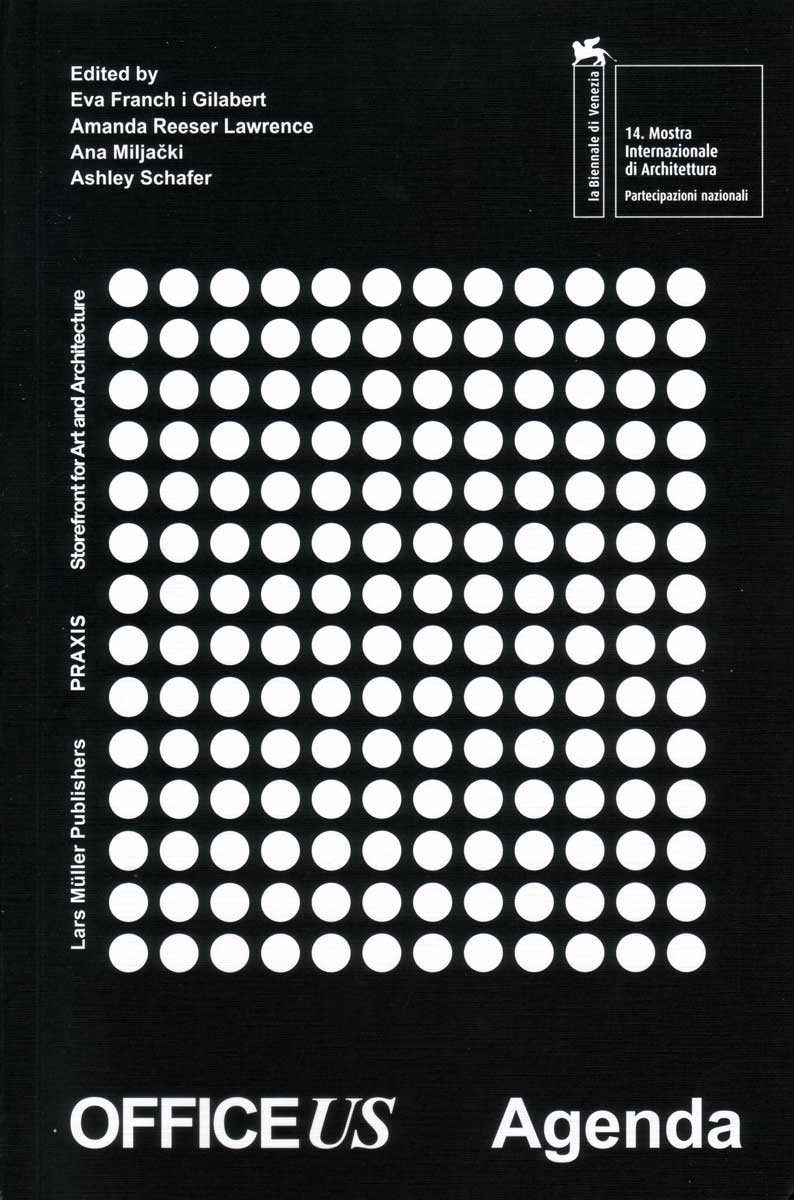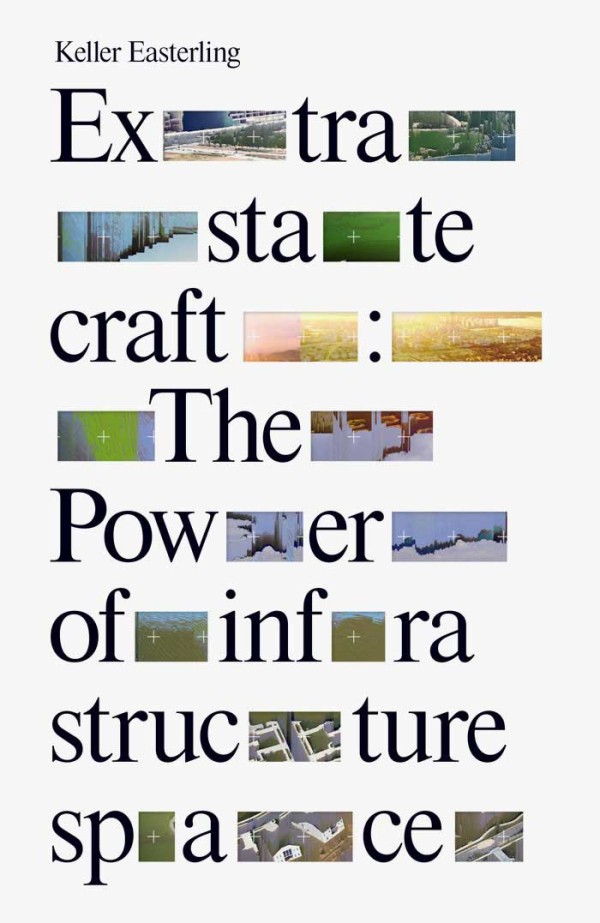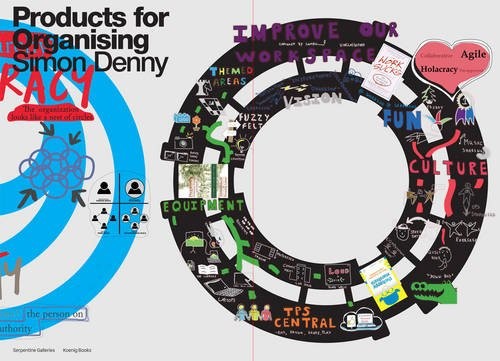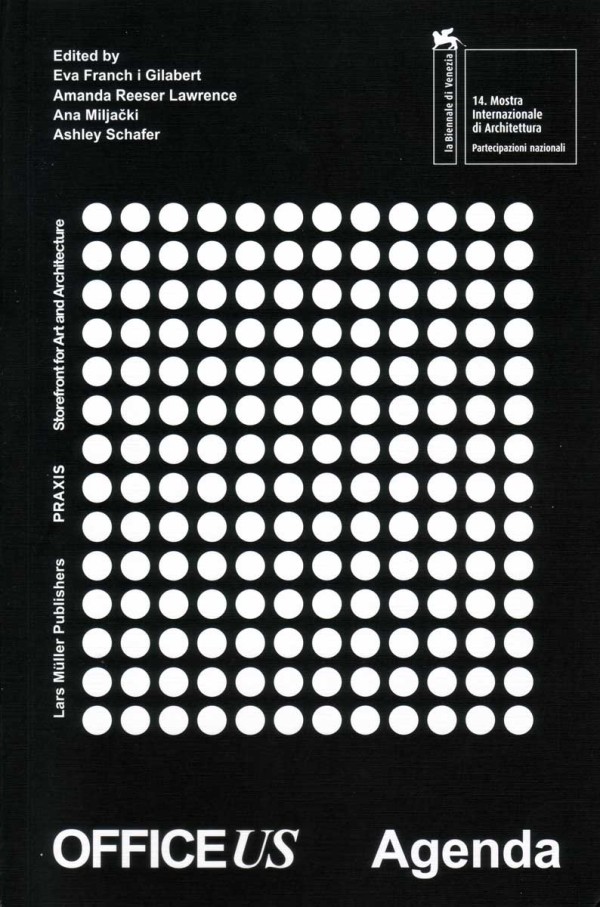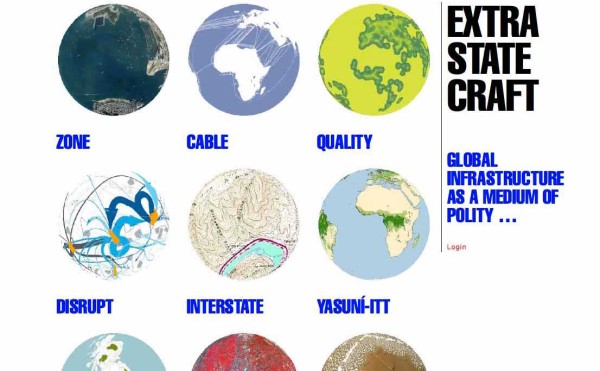The Management
Eva Franch i Gilabert, Ana Milijački, Ashley Schafer, and Amanda Reeser Lawrence, eds., Praxis: Office US (Lars Müller Publishers, PRAXIS, and Storefront for Art and Architecture) — 2014
Early twentieth century architects dreamed of architecture and urbanism as a shared global platform. Modular proportional systems, flexible joints, minimum requirements for dwelling, or prefabrication technologies were among the proposals offered in projects, books, exhibitions, or conferences like the meetings of the International Congresses of Modern Architecture (1928–59). Spatial variables, it was hoped, would shape a universal language.
Yet the titanic, utopian dreams of avant-garde modern architecture were no match for the plodding bureaucracies of consensus that attended two other languages or platforms born in the twentieth century—those of standards and management protocols. More ubiquitous than any modernist spatial proposals, these practices shaped a contemporary Esperanto.
